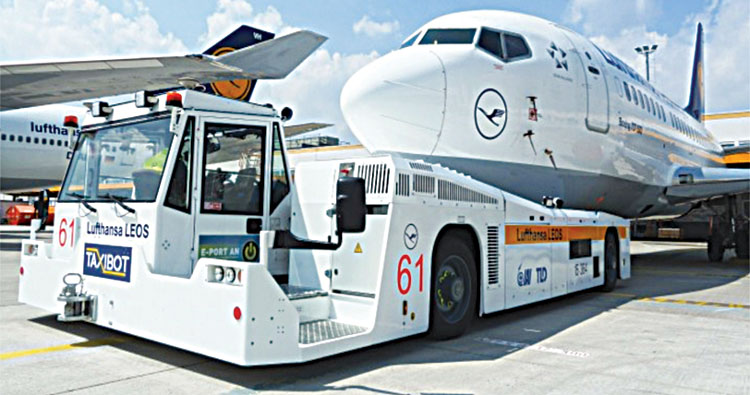Mumbai, May 6 (FN Agency) Delhi Airport has logged 1,000 TaxiBot movements since their deployment about two years ago, which has helped airlines save 2.14 lakh litres of jet fuel besides reducing around 532 tonnes of Carbon Dioxide emissions, the private airport operator said on Thursday. A Taxibot is a semi-robotic towbarless aircraft tractor which can tow an aircraft from a terminal gate to the take-off point and return it to the gate after landing. It aids in reducing fuel cost, improves apron usage and reduces harmful gases.
Delhi Airport is the only airport in the world to adopt this green taxiing solution in May 2019, as a part of Delhi International Airport Ltd (DIAL) strategic initiatives to reduce carbon emissions by planes, and also to become a ‘net-zero carbon emission airport’ by 2030, DIAL said in a release. At present, two TaxiBots are operational, with three airlines, with overall 15 such equipment expected to be operational over a period of four years, it said.
‘Delhi Airport has completed 1,000 movements of sustainable taxing of aircraft with TaxiBot, and thus helped the airport in significantly reducing carbon emission and saving fuel. ‘The use of TaxiBot’s have helped in reducing around 532 tonnes of Carbon as well as in saving around 214,000 litres of aviation turbine fuel (ATF), which was supposed to be burned by the aircraft during taxiing,” DIAL said.
‘This is a major milestone not only for DIAL but also for the aviation sector globally, in terms of promoting and adopting alternative and green taxiing solutions,’ said Videh Kumar Jaipuriar, Chief Executive Officer at DIAL. The use of TaxiBot has also helped in significantly reducing the risk of foreign object debris (FOD) damage to the aircraft during its ground movement and taxiing noise at the airport, DIAL said, adding, it is resourceful to ATC as the equipment offers faster apron clearance and assist airlines in reducing turnaround time for its ground operations.

